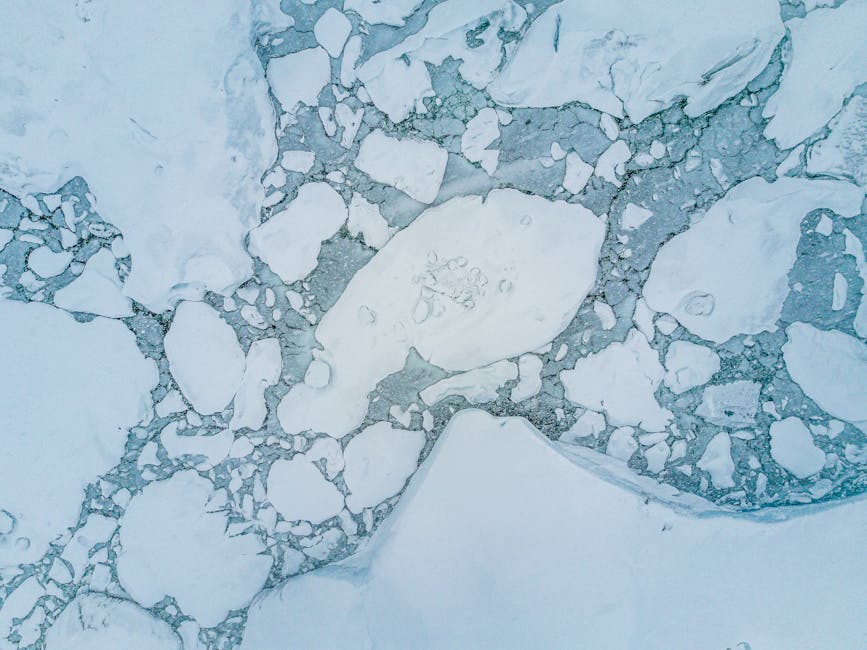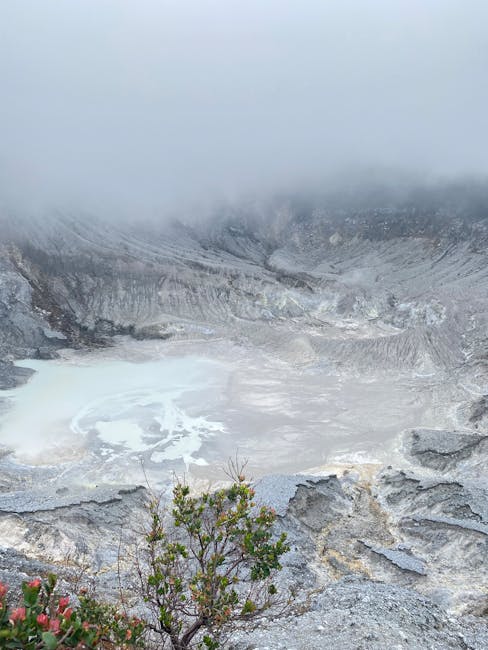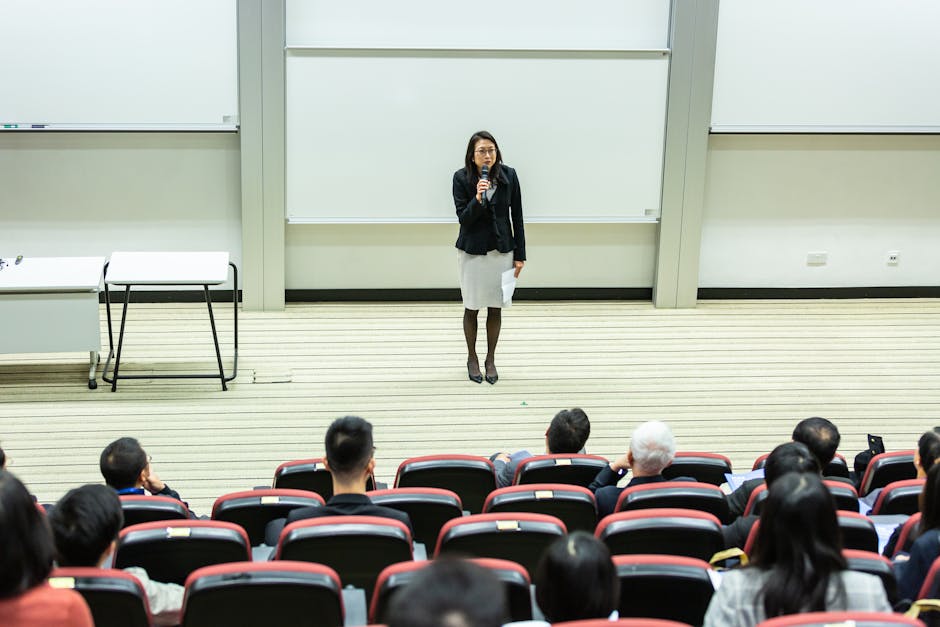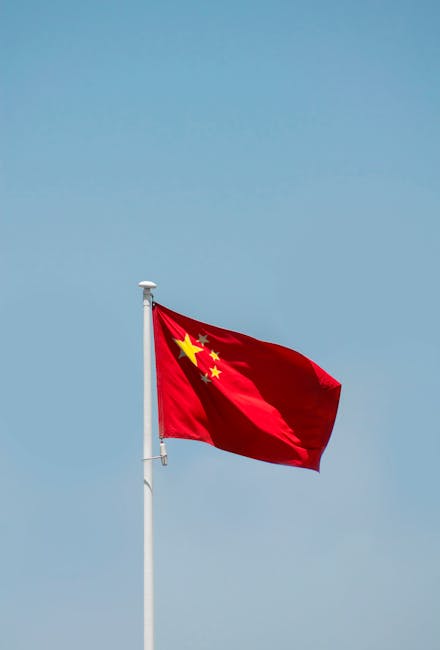- La Niña Officially Ends: NOAA confirms the end of the recent La Niña event in the tropical Pacific Ocean.
- Transition to ENSO-Neutral: The climate system is now in ENSO-neutral conditions, expected to persist through summer and with a high chance into autumn.
- ENSO Explained: ENSO involves changes in sea-surface temperatures (SST) in the central and eastern tropical Pacific, influencing global weather.
- ENSO Phases:
- El Niño: Warmer-than-usual SSTs.
- La Niña: Cooler-than-usual SSTs.
- ENSO-Neutral: Neither El Niño nor La Niña dominates.
- March 2025 Observations: SST anomalies in the Niño-3.4 region reached -0.01°C, above the La Niña threshold.
- Why This Matters: ENSO significantly affects global agriculture and weather patterns. El Niño weakens monsoon rains, while La Niña enhances them.
- Climate Change Impact: Studies suggest increased frequency of extreme El Niño events due to warmer Pacific waters.
- Indian Ocean Dipole (IOD): A positive IOD can offset El Niño’s impact on the monsoon.
- Trade Winds: Persisting trade winds initially indicate a transition in process.
Mount Spurr
- Increased Seismic Activity: Dozens of mini-earthquakes, including “swarms,” have been recorded at Mount Spurr, indicating rising magma and increased pressure.
- Eruption Threat: Scientists fear a major eruption is imminent due to the increased seismic activity and elevated gas emissions.
- Potential Ash Cloud: An eruption could be explosive, with ash plumes reaching up to 50,000 feet. Each explosive event may last 3-4 hours.
- Anchorage on Alert: Anchorage, with over 300,000 residents, is on emergency alert (Level 2) and is located 81 miles from the volcano.
- Community Preparedness: Residents are stocking up on essentials like food, water, pet supplies, N95 masks, and protective gear.
- Rising Unrest: Concerns began in April 2024, with a significant increase in weekly quakes and gas emissions by October 2024.
- Gas Emissions: Elevated carbon dioxide and sulfur dioxide emissions signal magma heating water and gas below the surface.
- Volcanic Tremor as Indicator: Sustained volcanic tremor would be the next sign of an imminent eruption.
- Last Eruption Impact: The 1992 eruption from Crater Peak (a side vent) blanketed Anchorage in ash and shut down the airport.
- Most Likely Eruption Site: Experts expect the next eruption to likely occur from Crater Peak again.
- Pet Preparedness: Pet stores are experiencing high demand for protective goggles and respirators for pets.
- Monitoring: The National Transportation Safety Board and US Geological Survey are closely monitoring the volcano.
KATRIN and Neutrino Mass
- Neutrinos are fundamental, lightweight particles: Electrically neutral, produced in processes like radioactive decay and nuclear reactions (e.g., in the sun). Their mass is unknown but tiny, less than a millionth of an electron’s mass.
- KATRIN’s Goal: The Karlsruhe Tritium Neutrino experiment in Germany aims to precisely measure the mass of the electron antineutrino.
- How KATRIN Works: Studies tritium decay, focusing on the emitted electron’s energy, which is affected by the neutrino’s mass. Measuring electron energies helps estimate the neutrino’s mass upper limit.
- Latest KATRIN Finding: Reduced the upper limit of the neutrino mass to less than 0.45 electron volts (eV). This is a significant improvement (nearly 50% reduction) based on precise measurements of 36 million electrons from tritium decay.
- Significance of Neutrino Mass Measurement: Crucial for understanding cosmology (dark matter/dark energy) and developing theories beyond the Standard Model of particle physics.
- India’s Contribution: The proposed India-based Neutrino Observatory (INO) in Tamil Nadu will focus on studying atmospheric neutrinos.
Jyotiba Phule: Reformer
-
Why in News: Jyotiba Phule’s birth anniversary was observed on April 11th.
-
Birth and Background: Born April 11, 1827, in the Mali caste. An incident at a Brahmin wedding motivated him to fight caste oppression.
-
Educational Reforms:
- Cofounded India’s first school for girls with his wife Savitribai in 1848.
- Established 18 more schools in the following three years.
- Started night schools for workers, farmers, and women in Pune by 1855.
-
Social Reforms & Opposition to Orthodoxy:
- Opposed caste system and criticized figures like Chiplunkar and Tilak.
- Favored working with the British government for the upliftment of oppressed castes and women.
-
Satyashodhak Samaj:
- Founded in 1873 as an alternative to upper-caste dominated reform movements like Brahmo Samaj.
-
Critique of 1857 Revolt: Viewed it as an upper-caste effort to restore Brahmin rule.
-
Views on Slavery: Compared caste oppression in India to American slavery in Gulamgiri.
-
Economic Upliftment: Advocated compulsory education and economic empowerment for lower castes.
-
Religious Freedom: Defended Pandita Ramabai’s right to convert to Christianity in Satsar.
-
Farming Reforms: Critiqued the exploitation of peasantry in Shetkaryanche Asud, advocating for constructive governmental approaches and farmers education.
-
Rationalism: Sarvajanik Satya Dharma Pustak promoted a just society with a rational view of God, rejecting sectarianism. He stated that the caste is a human invention.
-
Influence: Inspired by Thomas Paine’s The Rights of Man and Age of Reason.
-
Recognition: Bestowed with the title “Mahatma” in 1888.
MCQ Drills
-
Daily Practice MCQs: The post promotes daily multiple-choice questions (MCQs) for practice, focusing on current affairs and general knowledge.
-
Vitamin D Deficiency (Q1): This MCQ assesses understanding of Vitamin D deficiency in India, exploring prevalence in urban vs. rural areas, the role of skin tone and dietary intake limitations.
-
“Bluewashing” (Q2): The question probes the understanding of a term often found in news, focusing on ethical and social responsibility misrepresentation by organizations.
-
Long-Range Glide Bomb ‘Gaurav’ (Q3): This MCQ tests knowledge about a specific defense technology, covering its development, capabilities, and guidance system.
-
Focus on Current Affairs: The MCQs are designed to test the audience’s knowledge of current events and general awareness.
-
Answers Provided (Indirectly): The answers to the MCQs will be revealed the next day, alongside the Daily Current Affairs. This encourages consistent engagement and learning.
ABSS Scheme
-
104 Stations Complete: Railway Minister announces completion of 104 stations out of 1,300 being redeveloped under the Amrit Bharat Station Scheme. This signifies tangible progress in the large-scale modernization project.
-
Amrit Bharat Station Scheme (ABSS): Launched in February 2023, it aims to modernize and enhance railway stations across India. The goal is to improve passenger facilities and integrate stations with surrounding city areas.
-
Extensive Redevelopment: The scheme involves upgrading 1,300 stations with amenities such as improved access, waiting halls, toilets, lifts/escalators, cleanliness, Wi-Fi, and better passenger information systems. This is intended to transform stations into vibrant city centers.
-
Localized Approach: The scheme tailors development to each station’s unique requirements, drawing inspiration from local culture and heritage. This ensures stations reflect their regional identity.
-
Maharashtra Progress: 132 stations in Maharashtra are included in the scheme, with significant progress reported. This indicates a focused effort on upgrading railway infrastructure in the state.
-
Chhatrapati Shivaji Maharaj Terminus (CSMT): Mumbai’s CSMT is being redeveloped as a world-class facility with an estimated cost of Rs 1,800 crore.
-
Modern Amenities: The scheme equips stations with amenities such as waiting lounges, food courts, clean restrooms, lifts, escalators, and digital facilities. These are aimed at enhancing passenger experience.
-
Gondia-Ballarshah Line Doubling: The Centre has approved the doubling of the Gondia-Ballarshah railway line with an investment of Rs 4,819 crore. This will strengthen Maharashtra’s rail links.
M-CADWM Modernization
- Scheme Approval: The Union Cabinet approved the Modernization of Command Area Development and Water Management (M-CADWM) as a sub-scheme under Pradhan Mantri Krishi Sinchayee Yojana (PMKSY).
- Financial Outlay & Timeline: The scheme has an initial outlay of ₹1,600 crore and will run from 2025-2026.
- Key Goal: To modernize the irrigation water supply network to improve water access for farming clusters.
- Focus on Small Landholders: Aims to help farmers with small land holdings by improving water-use efficiency.
- Technology Integration: Employs advanced technologies like SCADA and IoT for better water accounting and management, increasing Water Use Efficiency (WUE).
- Underground Piped Irrigation: Implements underground pressurized, piped irrigation systems up to 1 hectare per farm to enhance micro-irrigation.
- Sustainable Practices: Promotes Irrigation Management Transfer (IMT) to Water User Societies (WUS) for independent management of irrigation assets.
- Community Support: Provides support to WUS for five years, connecting them with Farmer Producer Organisations (FPOs) or Primary Agricultural Cooperative Societies (PACS) for sustainable water management.
- Youth Engagement: Seeks to attract youth to agriculture by promoting modern irrigation techniques.
- CADWM Program Start: The Command Area Development & Water Management (CADWM) Program was started as a Centrally Sponsored Scheme in the year 1974-75.
- Command Area Definition: The command area is the geographical area that receives water from an irrigation system.
Threat Report 2024
-
Cryptocurrency as a New Threat Frontier: The report highlights the increasing targeting of cryptocurrency exchanges, with attacks on WazirX and Bybit resulting in significant financial losses. Hackers are migrating to various cryptocurrencies, including Monero (XMR).
-
Emergence of New Malware: A new malware variant scans for and steals crypto wallets/keys within infected environments, allowing unauthorized access to crypto assets.
-
Deepfakes and AI-Generated Content Risks: The report emphasizes the use of deepfakes and AI-generated content as powerful tools for social engineering attacks, mimicking voices and appearances.
-
Prompt Hacking Concerns: Prompt hacking vulnerabilities are more common in AI applications that host LLMs locally.
-
Jailbreaking of AI Systems: The report highlights the successful jailbreaking of even secure AI systems like ChatGPT, enabling circumvention of safeguards.
-
Malicious LLMs: Malicious LLMs, such as WormGPT and FraudGPT, are capable of creating convincing phishing emails, malware, and automating exploit development.
-
Policy Recommendations: The report urges policymakers to implement clear AI regulations and mandate security testing of APIs used in AI applications.
-
Government Initiatives in Cybersecurity: The Indian government is actively working on cybersecurity through initiatives like the National Cyber Coordination Centre, Cyber Surakshit Bharat, and CERT-In.
PLFS 2024
-
PLFS 2024 Released: The Ministry of Statistics and Programme Implementation (MoSPI) has released the Periodic Labour Force Survey (PLFS) 2024, providing insights into India’s labour market. Data collected during July 2023 – June 2024.
-
Urban LFPR Increase: Urban Labour Force Participation Rate (LFPR) rose for males (74.3% to 75.6%) and slightly for females (25.5% to 25.8%), increasing overall urban LFPR to 51.0%. All-India LFPR remained stable at 56.2%.
-
Stable WPR: All-India Worker Population Ratio (WPR) was nearly unchanged at 53.5%.
-
Marginal UR Changes: Rural unemployment fell slightly to 4.2%. Urban male unemployment rose, female UR declined, keeping overall urban UR at 6.7%. All-India UR dipped from 5.0% to 4.9%.
-
PS+SS Stability: LFPR remained largely stable nationally, with a slight decline from 59.8% to 59.6%.
-
Slight WPR Decline (PS+SS): All-India WPR declined slightly from 58.0% to 57.7%.
-
Slight UR Increase (PS+SS): All-India UR rose slightly from 3.1% to 3.2%.
-
Gender Disparity: Female LFPR remains lower than male.
-
Stagnant Employment: WPR and LFPR show minimal year-on-year change, indicating slow job creation.
Beijing India Report ’24
- Beijing India Report 2024 (India’s Report on Beijing+30) Highlights: Assesses India’s progress on gender equality since the 1995 Beijing Declaration, revealing gaps in addressing the gender-climate nexus.
- Progress & Gaps: India has enacted laws like the Protection of Women from Domestic Violence Act and the POSH Act, but inconsistent implementation results in a gap between legislation and lived reality.
- Climate-Gender Integration Needed: The report lacks a robust climate lens, missing the crucial integration of gender and climate considerations, particularly affecting rural communities.
- Disproportionate Climate Impacts: Climate change exacerbates existing inequalities, impacting women’s health (anaemia, violence), economic stability (income loss in agriculture), and unpaid care work (increased workload due to resource scarcity).
- Women’s Role in Adaptation: The report overlooks the critical role of women’s traditional knowledge in sustainable agriculture and natural resource management for climate adaptation.
- Policy Recommendations: Calls for gender-responsive climate action plans (NAPCC, SAPCC), climate budgeting, community climate consultations, and support hubs to empower women in climate decision-making.
- Private Sector Engagement: Urges green funds to foster women-led climate innovations and ensure their participation in the green economic transition.
- International Commitments: India is a signatory to international frameworks that mandate gender equity and climate justice, including Universal Declaration of Human Rights (1948), ICCPR (1966), CEDAW (1979), UN Convention Against Corruption (2003), Agenda 2030 for Sustainable Development, and Beijing Declaration and Platform for Action (1995).
- Overall significance: It highlights China’s strategic interest in India’s growth and attempts to recalibrate bilateral ties amid border tensions and trade imbalances ($100 billion in 2023). Focus on renewable energy collaboration, digital governance, and connectivity projects like the International North-South Transport Corridor (INSTC).









